As a holistic skin coach, I get asked a lot of questions regarding the best treatments for all skin concerns. This week I was asked a few questions in relation to treating perioral dermatitis with tea tree oil and sulfur/sulphur and if PD was linked to demodex mites...
So, I thought it was a good time to re-visit a few key questions that get asked regularly in relation to PD:
- What causes perioral dermatitis
- What products to stop using during the flared stage
- Bust some perioral dermatitis ‘treatment’ myths
- My knowledge on ingredients/formulations and what I do not recommend you use when your skin barrier is compromised.

But first, let’s start from the beginning.
Your Skin Microbiome
Just like our gut, our skin has its own microbiome. A healthy, diverse but balanced skin microbiome helps maintain a stable skin barrier function, protecting it against pathogens and environmental stressors.
Balancing the good bacterial and fungal communities on our skin is crucial for the overall health of our skin. When there’s an imbalance you may be welcoming, unknowingly, unwanted side effects that cause skin inflammation, irritation, dryness, redness, and itchy skin.
And if you already have a skin concern like perioral dermatitis, you will continue to worsen the condition if you aren’t gently repairing your skin microbiome.
Everybody’s skin is different and unique to you. Age, gender, ethnicity, and immune status are important factors that affect everyone’s skin biome.

But the principles of caring for your barrier function is the same, including:
- Hygiene and personal care routines - Getting the right balance of general hygiene verses over-use/excessive use of beauty and personal care products is a key factor that can modify the skin microbiome.
- Maintaining a healthy skin pH - Our skin has a naturally acidic skin pH at 4.1–5.8 and this should be considered when thinking about skin hygiene and personal care practices.
- Gut health - The gut has a direct influence on the skin microbiome, via an intimate relationship known as the gut–skin axis. The gut and its own microbiome is linked to skin health and homeostasis in numerous studies. So, nourishing your gut with healthy foods such as whole foods, fiber and probiotics can help strengthen your skin.
What Causes Perioral Dermatitis
Perioral Dermatitis is an inflammatory rash occurring around the mouth, chin, nose and can even occur around the eyes. It typically causes dry, flaky and itchy skin, resembling small, red, acne-like breakouts.
Common triggers for PD include:
- Allergies (topical/contact)
- Make-up
- Topical steroids such as hydrocortisone
- Cosmetic procedures such as microdermabrasion
- Environmental exposure
- Misusing chemical and physical exfoliators
- Sodium lauryl/laureth sulphate in hair care, laundry detergent, and toothpaste
- Fluoride in toothpaste
- Topical application of high Percentages of essential Oils
- Heavy creams and facial oils
- Hormonal fluctuations
- Stress
- Oral antibiotics – yes, even what your doctor prescribes can make your PD worse or can create a secondary skin condition appear.

LET’S BUST A MYTH:
Q: Is PD linked to demodex mites?
A: No, not all cases of PD are linked to demodex mites. In fact, perioral dermatitis has only been linked to an over-abundance of mites in topical steroid/PD cases.

What’s the Best Way to Treat Your PD
STOP EVERYTHING! Literally stop using everything you normally would on your skin. Why? Because your skin barrier is compromised, and the angry red flaring is the way your skin is trying to indicate to you that it needs time to repair and breathe.
So, what I suggest and what has helped thousands of PD sufferers is:
- STOP using cosmetic makeup
- Use water-only to cleanse your skin during the flared stage
- AVOID exfoliating skin procedures
- Avoid topical sulfur for perioral dermatitis
- Stop using topical steroid creams
- Audit your personal care products
- Switch over your toothpaste to a perioral dermatitis friendly alternative. I recommend the Keeko range Keeko Oral Care - Natural Toothpaste
- Use AMPERNA®'s Soothing Duo only – your skin is desperate for barrier friendly products and this duo is just that.
@ampernaskin Kiri @AMPERNA can help with your #perioraldermatitis #probioticskincare #irritatedskintips #soothingskincare #nonastychemicals #dermatitis ♬ original sound - ampernaskin
@ampernaskin #perioraldermatitis #inflammedskin #probioticskincare #soothingskincare #compromisedskin #skinbarrier #dermatitis #topicalprobiotics ♬ original sound - ampernaskin
LET’S BUST A MYTH:
Q: Can I use tea tree oil and sulphur to treat PD or should I use sulfur for perioral dermatitis?
A: NO. Please do not use sulphur and tea tree oil for perioral dermatitis.
Sulphur together with tea tree oil are too harsh for the skin biome. In isolation they can be ok - but the thing is that many of the preparations/formulas I see people creating aren't formulated with biome supporting ingredients as well.
Sulphur is stripping. Tea tree oil needs to be diluted as high percentages of essential oils are also stripping to the skin. These are strong topicals which you shouldn't use on a compromised barrier.
If you're going to apply an essential oil topically to the skin, you should be diluting it in a carrier oil (e.g., something like Argan Oil) because it's the application of essential oil in its concentrated forms that can cause significant skin irritation. Concentration should be between 0.5% and 1%. Only professional formulations chemists would be able to get the correct concentrations.
Sometimes people use Tea tree oil for treating acne because of its anti-inflammatory and antimicrobial properties. HOWEVER, it may cause further skin irritation, itching, burning, and swelling for people suffering from perioral dermatitis.

PD sufferers would want to steer clear of any ingredient that is stripping or drying to your skin, especially during your flared phase. The key is to work out what your trigger is, focus on a simple biome friendly regime, and work holistically on the issue.
Let’s Explore Ingredients a Little Bit Further
Natural ingredients aren’t always better for you, and man-made ingredients aren’t always bad. ALL ingredients are chemicals - air and water are chemicals. And anyone can be allergic to anything.
There is a LOT of scare marketing and misinformation surrounding ingredients. You need to look at the scientific data and cases for everything. BUT when they go into formulas - you also need to look at how ingredients are put into products and whether the products have been formulated by a cosmetic chemist and manufactured to ISO standards for example. Australian skincare manufacturing has one of the best in the world.
Ingredients at the top of the ingredients list are the ones of the highest concentrations and the ones at the bottom of the list are least concentration.
The key ingredients present in most cosmetics include water, emulsifiers, preservatives, thickeners, moisturisers, colours and fragrances. Ingredients can be naturally occurring or artificial. The doses of potentially dangerous chemicals found in cosmetics are considered too small to pose a risk to human health.
As mentioned above in Australia, the importation, manufacture, and use of chemicals - including those used in cosmetics - are regulated by the Australian Government’s National Industrial Chemicals Notification and Assessment Scheme (NICNAS). NICNAS works to ensure that chemicals used in consumer products do not cause significant harm to users or to the environment.
In the case of cosmetics, every ingredient contained within the product must be scientifically assessed and approved by NICNAS before being manufactured or imported into Australia and before they can be used in consumer products.
I manufacture and hire a cosmetic chemist in Australia and had to comply with all the above safety standards for AMPERNA® Skincare products.
In summary:
Skin health takes time.
Gut health is an ongoing journey.
Finding your perioral dermatitis trigger is essential to be able to edit out the cause and start implementing your PD recovery.
Consistency and patience is key – trust the process.
And please, don’t get swayed by people on the internet or social media forums saying they’ve treated their PD with skin-stripping products… It’s all about gently caring for your Skin Microbiome, not destroying it.



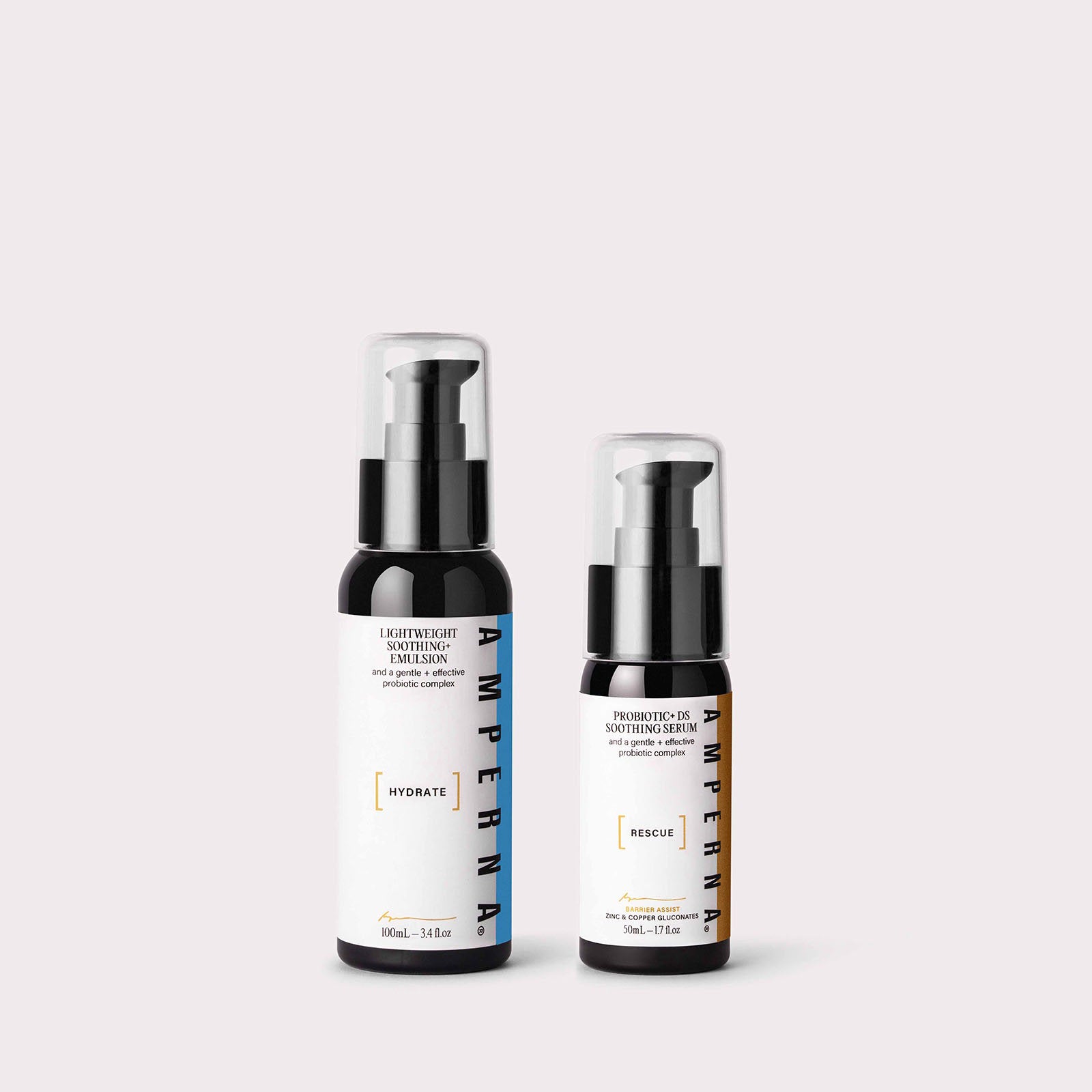
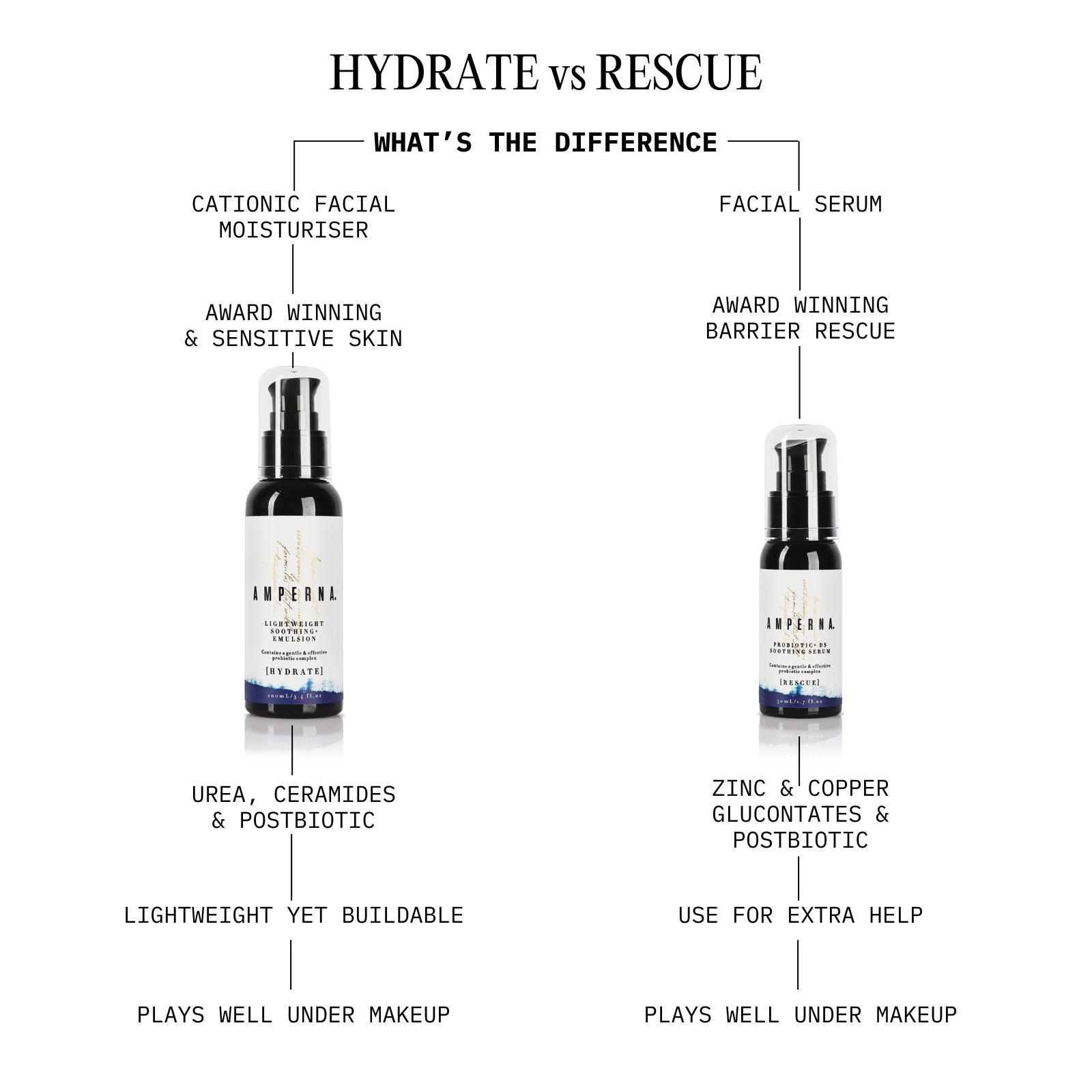
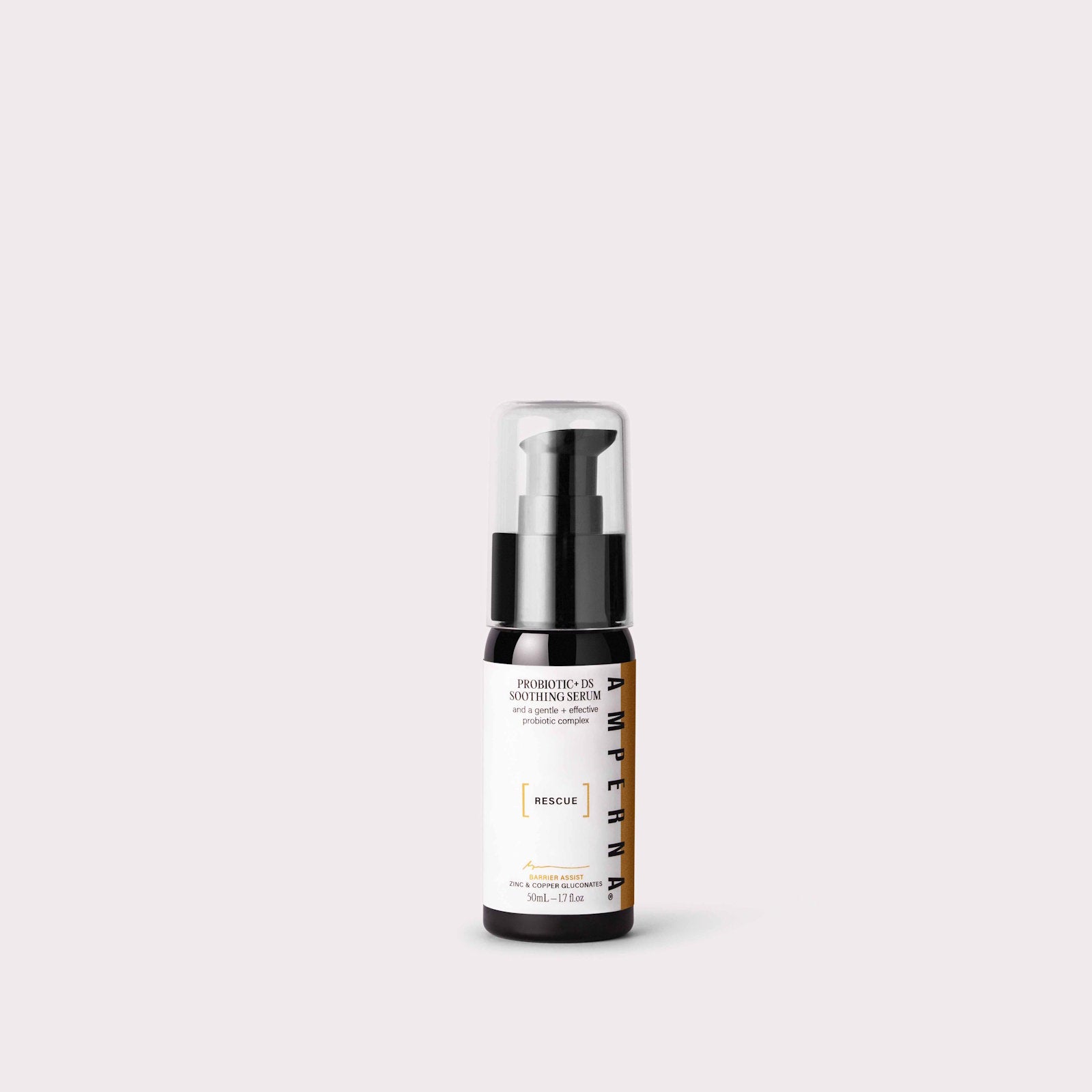



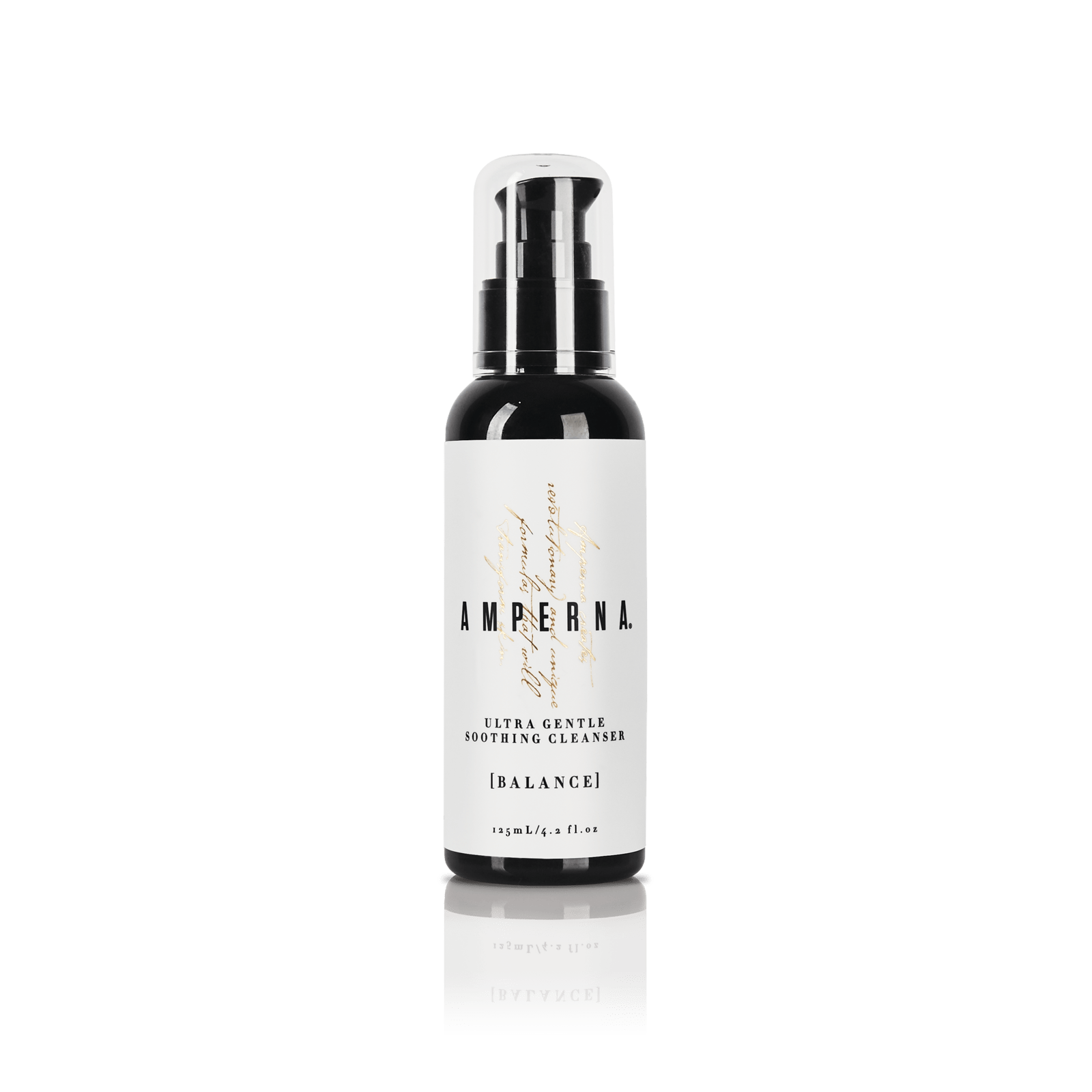
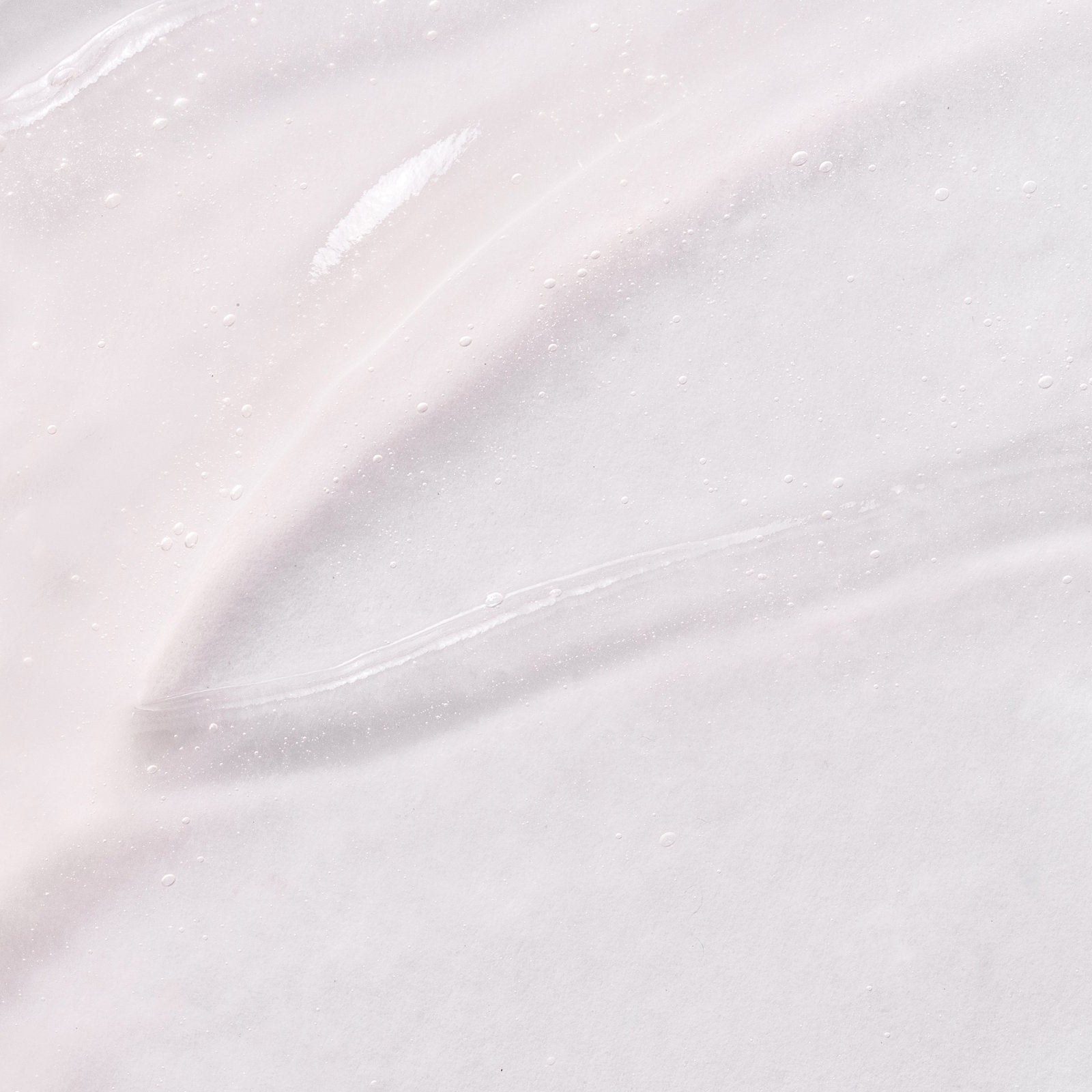



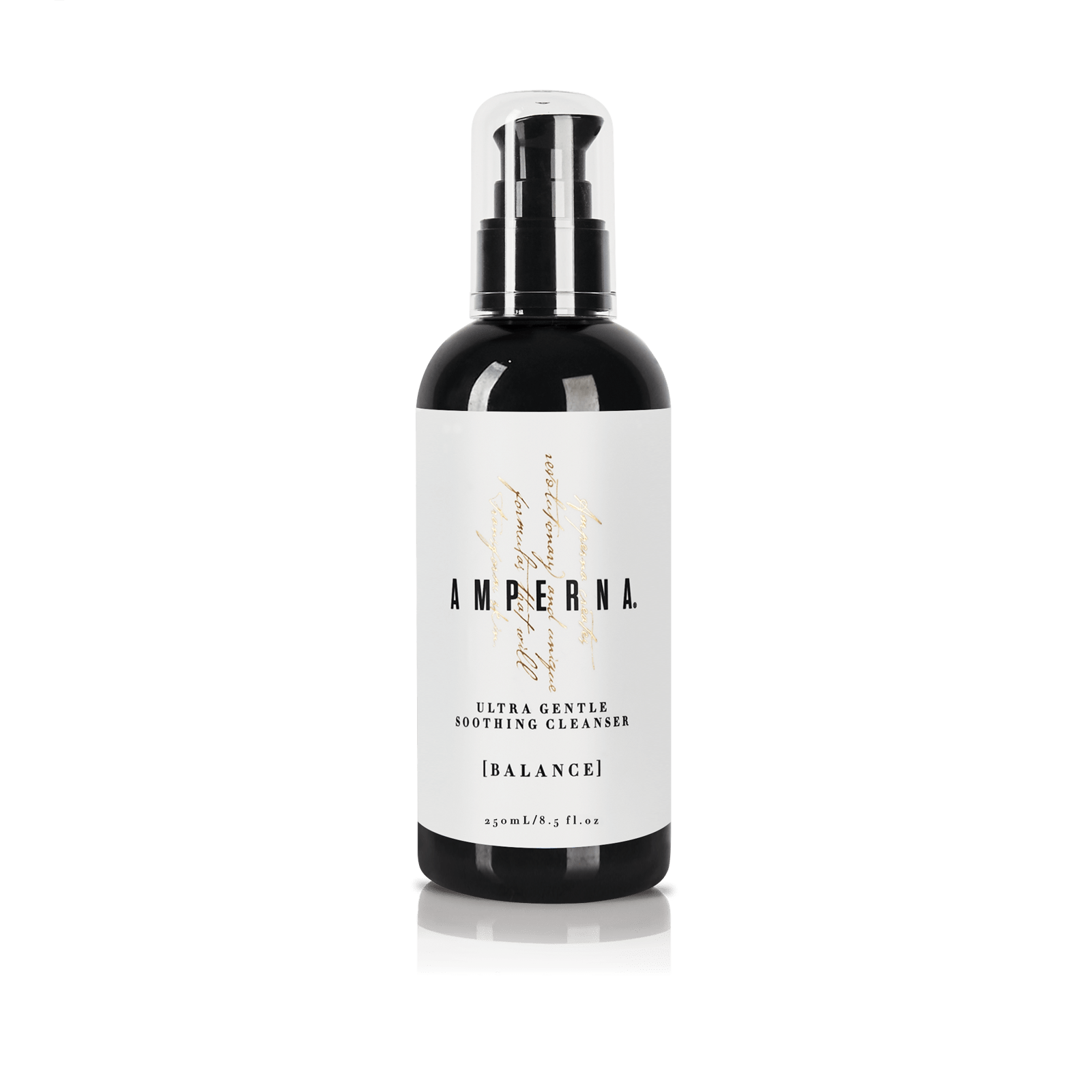

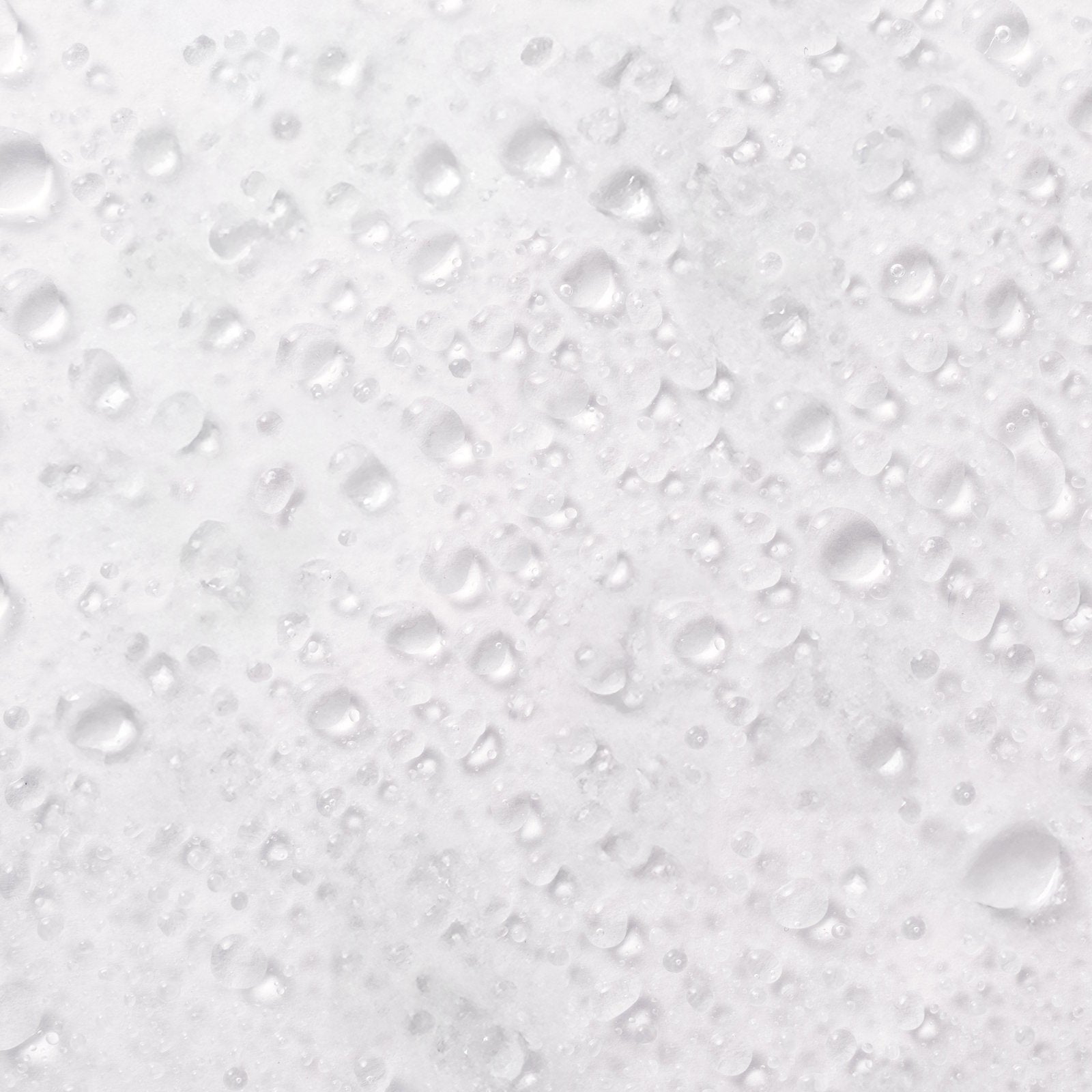

![Introducing AMPERNA® [DERMACARE] Haircare: For Scalp Comfort and Strong Hair](http://amperna.com/cdn/shop/articles/42_efd53385-7cf9-4b45-8e54-982415ee8fbc.jpg?crop=center&height=720&v=1761871871&width=1200)
